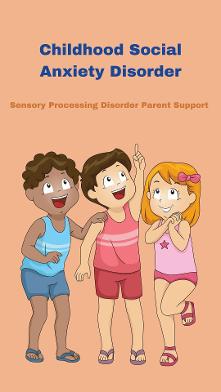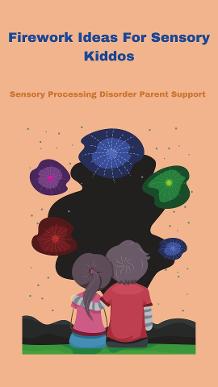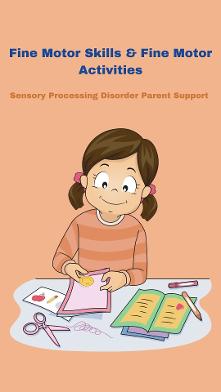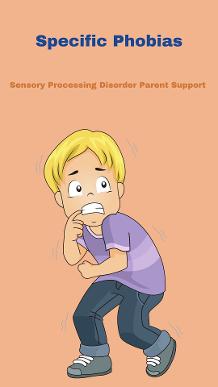Sensory Arousal Levels and Self Regulation
We are constantly processing a lot of sensory input. The sensory input is processed and then regulated, allowing us to function well and adapt to our environment but for those who struggle everyday with sensory processing disorder, this can be quite a challenge.
Sensory processing disorder is when our brains struggle to process sensory input rom the different senses. This can lead to over or under-reactive response to sensory which can cause a person sensory overload, anxiety and to have a sensory meltdown.
Children with sensory processing disorder may be easily overwhelmed or under-stimulated by sensory input and this can affect their ability to stay focused, regulate their emotions and engage in tasks or activities.
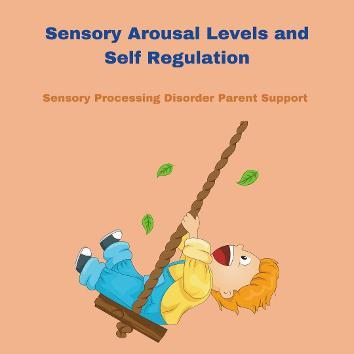
A very important part of sensory processing is the level of arousal. Arousal is the state of being awake and alert, it can be different in every situation and child too. Children who have sensory differences may find it challenging to regulate their arousal levels. This can lead to either hyperarousal (overstimulation) or hypo-arousal (under stimulation). This will impact their ability to take part in activities, social interactions, and learning too.
Sensory activities can help children with sensory processing disorder regulate their arousal levels. These sensory diet activities are divided into two categories: alerting and calming. Alerting activities to increase the level of arousal for a child who is under-stimulated and calming activities to decrease arousal levels in an overstimulated child.
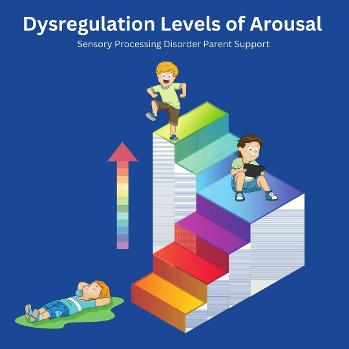
There are different strategies and sensory diet activities that can help children with sensory processing disorder manage their arousal levels.
This creates a sensory friendly environment and have a balance of both alerting and calming activities for children.
It can be very beneficial for children to have an area in a classroom that is a calming space or at home that can provide a sensory space to go to when they are feeling overwhelmed or overstimulated.
We have to include sensory breaks for movement throughout the day can help children stay alert and focused on their school work.
A very important part of managing sensory processing disorder is self-regulation. Self-regulation is very important when dealing with sensory input. When a child is developing self-regulation skills, it is a process that will take time, practice and it may require the support of an occupational therapist.
Children who have sensory processing disorder that struggle with dysregulation may also benefit from using sensory tools and strategies to self-regulate. Deep breathing exercises and a sensory diet could also be very beneficial for them too.
A sensory diet is a personalized schedule of sensory activities to meet a child's sensory needs and help regulate their arousal levels throughout the day. An occupational therapist can work with children and their families to create a sensory diet.
Children and adults who have Sensory Processing disorder can become dysregulated. It can be difficult for them to learn and participate in activities while in a high or low arousal level.
When children have a high arousal level, they will require a sensory diet to lower their arousal level. Your child's sensory diet activities will help them feel calm and regulated. If your child has a low arousal level then they are going to need sensory alerting activities to increase their level of arousal.
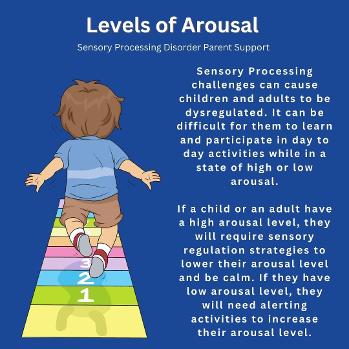
Alerting activities can include any form of sensory input that stimulates your child's senses and increases their arousal. Sensory activities like jumping on a trampoline or listening to fast music while dancing are sensory alerting activities. This will help your child to be focused.
Children who have a low arousal level may seem tired or not interested. They may have a difficult time participating in activities and may appear lethargic or not motivated. This can be due to the brain's inability to process sensory information and leading to a lack of stimulation and alertness.
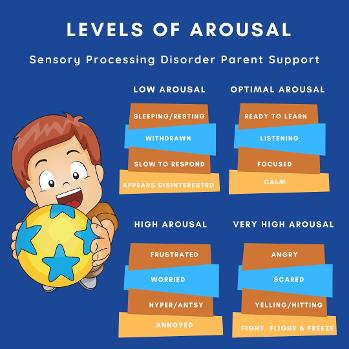
A child's optimal level of arousal is when they are being alert and focused. This would be their perfect level for learning and staying focused. Children who have sensory processing disorder may struggle to stay at this just right level of arousal because of their sensory processing disorder. They may become overwhelmed by the sensory input around them which makes it challenging to stay in an optimal state of arousal.
A child with a high arousal level often will look hyperactive or agitated. This is because their brains are overstimulated causing them to have a constant state of heightened arousal. They may be fidgeting, restlessness or impulsive. When at this level, children may struggle to sit still or follow instructions.
When a child's arousal level becomes too dysregulated, it can cause them to have sensory overload. They can become overwhelmed by the smallest amount of sensory input causing them to have a sensory meltdowns.
It is very common for children who have sensory processing disorder to really struggle regulating their arousal levels. This means that the child may have a challenging time maintaining a stable or appropriate level of alertness. A child may be experiencing too little or too much arousal. This can lead to difficulties when they are trying to focus.
Sensory processing disorder alerting activities
- swinging in a sensory swing
- spinning on a sit-n spin
- bouncing on a bouncy yoga ball
- ride in wagon or on a trike
- chewing ice chips
- sucking on frozen popsicles
- drinking ice water
- tag
- bouncing on a bouncy yoga ball
- ride in wagon or on a trike
- chewing ice chips
- sucking on frozen popsicles
- drinking ice water
- tag
- eating a crunchy snack
- running
- skipping
- obstacle course
- cold water play
- cold water play
- exercise
- playing loud musical instruments
- sound and light toys
- playing loud musical instruments
- sound and light toys
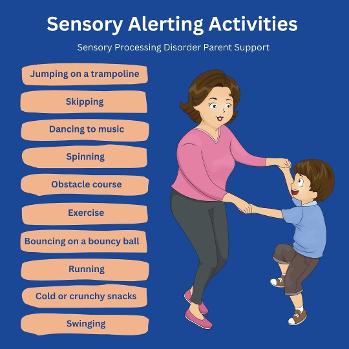
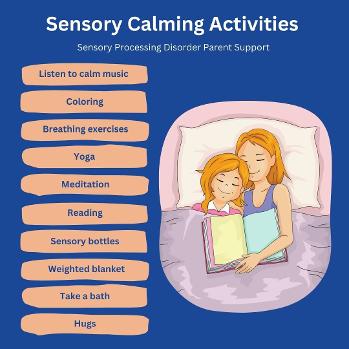
Sensory calming activities
- slow swinging on a sensory swing
- vibration from a pillow or a toy
- deep pressure massage
- joint compressions
- snuggling in a sleeping bag
- wearing a weighted vest
- heavy work activities
- having a warm bath
- heavy work activities
- having a warm bath
- listening to calming music
- coloring
- yoga and meditation
- breathing exercises and mindful techniques
- sensory bottles
- wearing sensory compression clothing
- squeezing sensory stress balls
- chewing gum or chewelry - squeezing sensory stress balls
- sucking on candy
- hide-out in a sensory calming quiet area
Here are some more helpful Sensory Processing Disorder Resources
DISCLAIMER: I am not an Occupational Therapist. I am an adult who has Sensory Processing Disorder, a sensory parent and a Grandma. The information on this website is not medical advice and does not replace the information that your child's therapists gives you. These are just ideas and information that I have learned myself over the years of being a parent and an adult living with SPD. If you are concerned for your child, please always seek medical attention through a family doctor, pediatrician or therapist. This website is for suggestions and informational purposes only. Each child is different and what works for one child may not for another because all children have different needs. Please always consult with a professional.
Amazon offers a small commission on products sold through their affiliate links on my website. Each of your purchases through links on my website for Amazon affiliation links or sponsored links supports me but at no additional cost to you so thank you for your purchases. I appreciate it so much!
